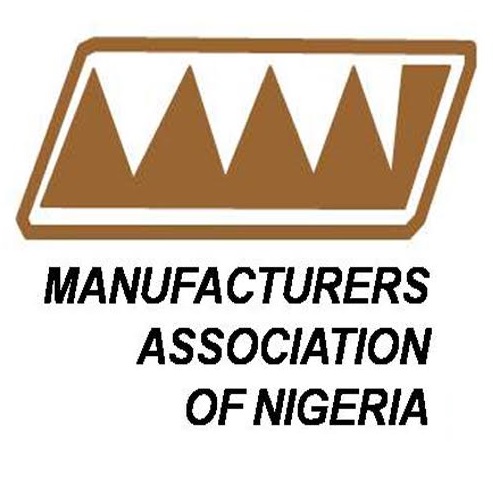Nigeria’s manufacturing sector stands at a critical juncture. For years, it has weathered a barrage of challenges, from crippling infrastructure deficits and inconsistent power supply to the vagaries of a fluctuating currency and the relentless competition from cheaper imports. Yet, amidst these persistent headwinds, there are flickers of resilience, a determined push for growth that warrants closer examination and, more importantly, robust support.
The difficulties faced by Nigerian manufacturers are well-documented. The unreliable power grid remains a major obstacle, forcing businesses to shoulder the high costs of self-generation, eroding their competitiveness. Poor road and transportation networks hinder the efficient movement of raw materials and finished goods, adding to operational expenses. The perennial challenge of access to affordable financing and the complexities of navigating regulatory hurdles further compound these woes.
Moreover, the recent economic shifts, including currency devaluations and inflationary pressures, have added another layer of complexity. The cost of imported raw materials and machinery has soared, squeezing profit margins and making it difficult for local manufacturers to compete, both domestically and internationally. The allure of cheaper imported goods continues to pose a significant threat, often overshadowing locally produced alternatives despite potential quality improvements.
However, to paint a purely bleak picture would be to ignore the tenacious spirit and the nascent signs of progress within the sector. Many Nigerian manufacturers are demonstrating remarkable ingenuity, adapting their processes, investing in local sourcing where possible, and exploring innovative ways to enhance efficiency. The government’s recent “Nigeria First” policy, while still in its early stages, offers a glimmer of hope by signaling a commitment to prioritizing local goods and services in public procurement. If implemented effectively and consistently, this could provide a much-needed demand boost for domestic industries.
Furthermore, there is a growing recognition of the strategic importance of a vibrant manufacturing sector for Nigeria’s long-term economic sustainability. It is a key driver of job creation, a catalyst for technological advancement, and a crucial component in diversifying the economy away from its over-reliance on oil. This understanding is reflected in some targeted interventions and policy discussions aimed at addressing the specific challenges faced by manufacturers.
The path to a thriving manufacturing sector in Nigeria will undoubtedly be arduous. It requires a concerted and sustained effort from all stakeholders. The government must prioritize addressing the fundamental infrastructure deficits, ensuring a stable and reliable power supply, and investing in transportation networks. Streamlining regulatory processes, improving access to affordable financing, and providing targeted support for key manufacturing sub-sectors are also crucial.
For their part, local manufacturers must continue to focus on enhancing product quality, improving efficiency, and exploring opportunities for value addition. Collaboration within the industry, knowledge sharing, and a commitment to innovation will be vital for staying competitive.
The current economic landscape presents both significant challenges and potential opportunities for Nigeria’s manufacturing sector. While the battles are far from over, the resilience and determination demonstrated by local industries, coupled with potentially supportive government policies, offer a reason for cautious optimism. The journey towards a robust and competitive manufacturing base will be a marathon, not a sprint, but it is a journey that Nigeria cannot afford to abandon. The future prosperity of the nation hinges, in part, on the ability of its manufacturing sector to not just survive, but to truly thrive in a changing economy.









